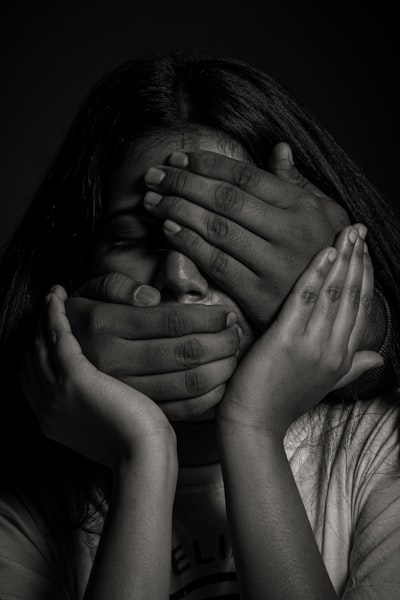Overview
Child sexual abuse (CSA) refers to the involvement of a child in sexual activity that he or she cannot comprehend, is unable to give informed consent to, or that violates the laws or social taboos of society. It encompasses a range of acts, including inappropriate touching, exploitation, using children in pornography, and rape. Victims can include children of all ages, including infants and toddlers.
Prevalence
The World Health Organization estimates that about 1 in 5 women and 1 in 13 men report having been sexually abused as children globally. However, actual prevalence rates may be higher due to underreporting, cultural stigma, and varied definitions.
Physical and Psychological Consequences
Immediate physical consequences of CSA can range from bruises and injuries to severe trauma requiring surgery. Long-term psychological effects may include depression, anxiety, post-traumatic stress disorder, suicidal ideation, and difficulties with interpersonal relationships. Early medical and psychological intervention is critical to aid recovery and minimize long-term harm.
Detection and Response
Identifying child sexual abuse can be challenging due to the victim’s inability or fear to disclose abuse. Symptoms may include unexplained injuries, regression in behavior, sexualized behavior inappropriate for age, withdrawal, or sudden changes in mood. Healthcare professionals, teachers, and caregivers play vital roles in recognizing warning signs and ensuring prompt, sensitive response.
Prevention and Safeguarding
Prevention strategies include education for children and caregivers, stricter screening of personnel working with minors, robust child protection policies, and community awareness programs. Laws and international treaties (such as the United Nations Convention on the Rights of the Child) set standards for child protection, but enforcement and cultural barriers remain significant challenges globally.
Societal Context
Societal attitudes and justice systems affect both the reporting and management of CSA cases. In many cultures, stigma, shame, and fear of retaliation inhibit disclosure and legal recourse. Enhancing support services, improving legal protections, and addressing cultural norms are key to reducing incidence and supporting survivors.

Comments
No comments yet. Be the first to comment!